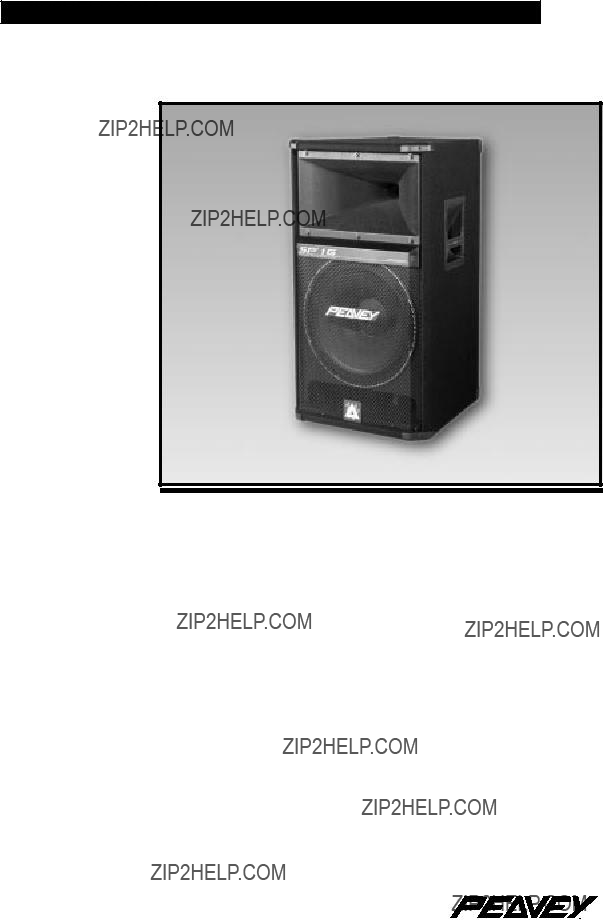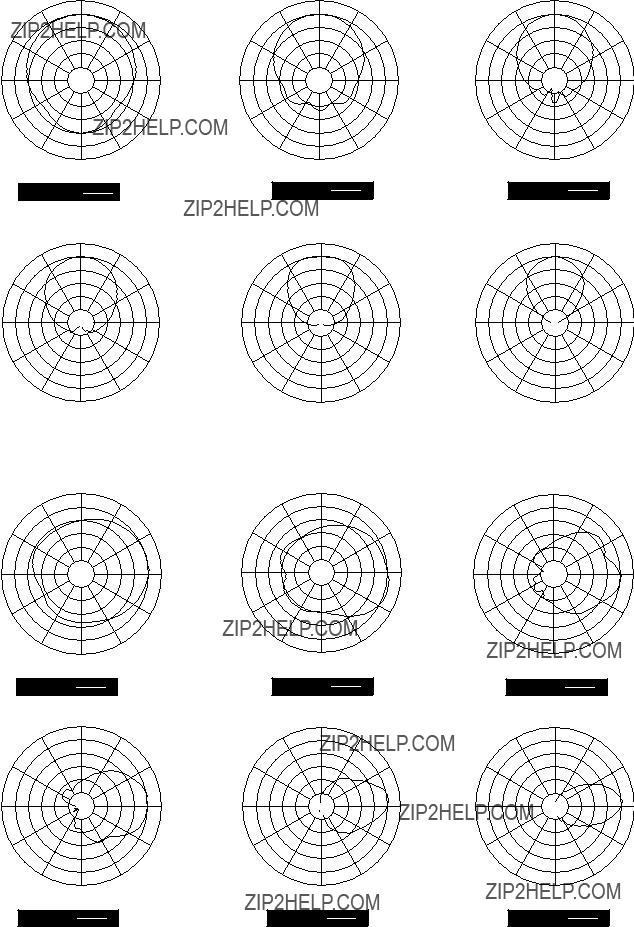
SPECSP E A V E Y E L E C T R O N I C S
SP??? 1G
Sound Reinforcement Enclosure with Sound Guard??? 44XT???
SPECIFICATIONS
Frequency Response, 1 Meter
Environment:
63 Hz to 19 kHz
Low Frequency
63 Hz
Usable Low Frequency Limit
50 Hz
Power Handling:
450 W continuous (60V RMS)
900 W program
1,800 W peak
350 W continuous (52.9 V RMS)
700 W program
1,400 W peak
80 W continuous (25.3 V RMS)
160 W program
320 W peak
Sound Pressure Level, 1 Watt, 1
Meter in Anechoic Environment:
Maximum Sound Pressure Level (1 meter):
121 dB continuous
133 dB peak
121 dB continuous
135 dB peak
124 dB continuous
140 dB peak
Radiation Angle Measured at
Point of Polar Response:
500 Hz to 1.6 kHz: Horizontal: 96?? ??13??
Vertical: 91?? ??21??
1.6 kHz to 5 kHz:
Horizontal: 81?? ??6??
Vertical: 61?? ??18??
5kHz to 16 kHz: Horizontal: 56?? ??18??
Vertical: 39?? ??7??
Directivity Factor, Q (Mean):
15.7 ??12.5
Directivity Index, Di (Mean):
11.0 dB ??2.7 dB
Transducer Complement:
One
One 44XT??? compression driver loaded with a CH?? 7 constant directivity horn
Box Tuning Frequency:
56 Hz
Crossover Frequency (internal passive):
1,100 Hz
Minimum Recommended Active Crossover Frequency and Slope for
1,200 Hz at 18 dB/octave
Time Offset:
0.70 ms (delay Lows)
Impedance (Z):
Input Connections:
Two paralleled 1/4" phone jacks for
One 1/4" phone jack for
One 1/4" phone jack for
Enclosure Materials & Finish:
3/4" plywood enclosure covered with black carpet and protective polymer corners
Expanded metal grille to protect the low- frequency driver
Mounting Provisions:
One
Dimensions (H x W x D):
33.75" x 19" x 20"
(85.7 cm x 48.3 cm x 50.8 cm)
13" rear width (33 cm)


